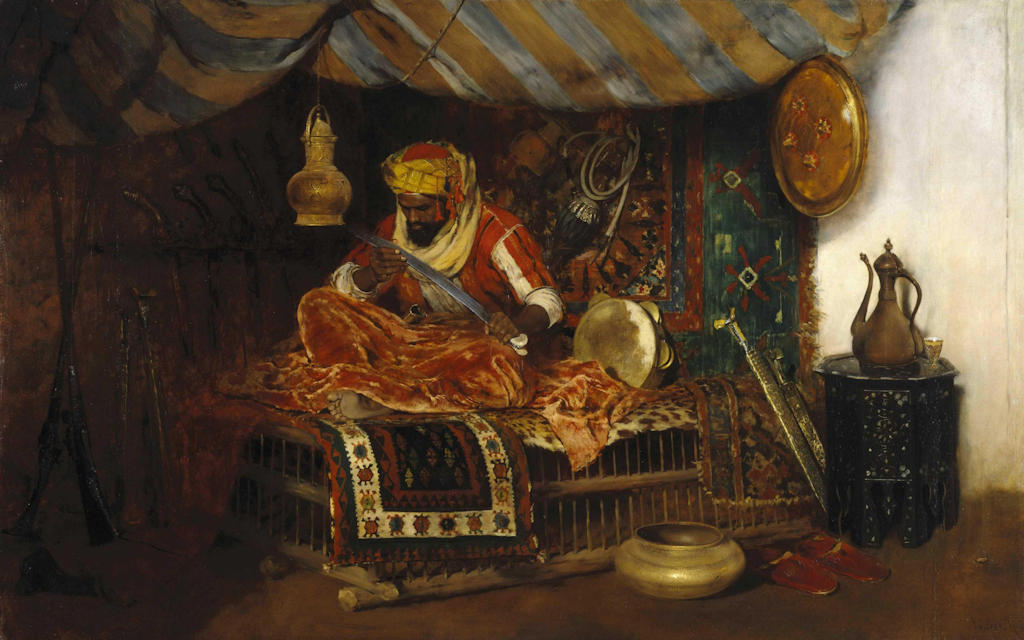One of the notable achievements of the Moors was their architectural prowess. Moorish architecture is a captivating and influential style that emerged within the Islamic world, particularly in al-Andalus (Iberian Peninsula) and the Maghreb (Morocco, Algeria, and Tunisia). This architectural tradition, also known as the architecture of the Islamic West or the Western Islamic lands, incorporates a unique blend of influences from pre-Islamic Roman, Byzantine, and Visigothic architectures, as well as ongoing artistic currents in the Islamic Middle East and North African Berber traditions. It flourished in major centers such as Córdoba, Kairouan, Fes, Marrakesh, Seville, Granada, and Tlemcen, showcasing a synthesis of styles and techniques. Moorish architecture is characterized by distinct features like the horseshoe arch, riad gardens with symmetrical divisions, square minarets, and intricate geometric and arabesque motifs in wood, stucco, and tilework. It emphasizes interior spaces and intricate surface decorations, while deviating from the prominent use of vaults and domes seen in other Islamic architectures. Moorish architecture's influence extended beyond its original territories, leaving a lasting legacy in the Mudéjar style in Spain and inspiring Neo-Moorish or Moorish Revival architecture in Europe and America.
In the realm of science and scholarship, the Moors made significant contributions. Their scholars translated and preserved ancient Greek and Roman texts, making them available to the wider world. They excelled in fields like mathematics, astronomy, medicine, and agriculture, pushing the boundaries of knowledge and influencing European scholars during the Middle Ages.
The Moors' influence extended beyond academia and into the arts. Their poetic traditions, vibrant music, and intricate calligraphy became defining elements of their cultural expression. Their literature, notably the works of philosophers like Ibn Rushd (Averroes) and Ibn Arabi, explored profound philosophical and spiritual concepts that continue to resonate today.
Lisbon.vip Recommends
However, the legacy of the Moors continues to shape the cultural fabric of the regions they once inhabited. Their influence can be seen in the architecture, language, music, and culinary traditions that endure to this day. The intermingling of Muslim, Christian, and Jewish cultures during the Moorish period laid the foundation for a diverse and multicultural society.
Exploring the history of the Moors allows us to appreciate their contributions, challenge stereotypes, and gain a deeper understanding of the complex interactions and exchanges that have shaped our world. It is a testament to the power of cross-cultural fertilization and the enduring impact of diverse civilizations on the course of human history.



